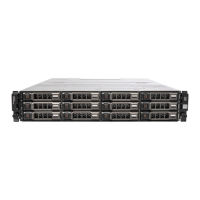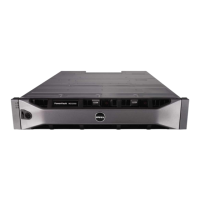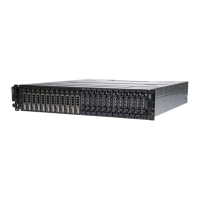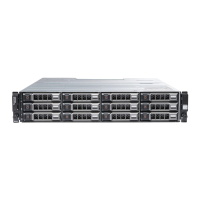6 Introduction
Cluster Solution
Your iSCSI cluster implements a minimum of two-node clustering and a
maximum of sixteen-node clustering and provides the following features:
• Internet Small Computer System Interface (iSCSI) technology
• High availability of system services and resources to network clients
• Redundant paths to the shared storage
• Failure recovery for applications and services
• Flexible maintenance capabilities, allowing you to repair, maintain, or
upgrade a cluster node without taking the entire cluster offline
Implementing iSCSI technology in a cluster provides the following
advantages:
•
Flexibility
—as iSCSI is based on TCP/IP, it allows cluster nodes and
storage systems to be located at different sites.
•
Availability
—iSCSI components use redundant connections, providing
multiple data paths and greater availability for clients.
•
Connectivity
—iSCSI allows more device connections than SCSI. Because
iSCSI devices are hot-swappable, you can add or remove devices from the
nodes without bringing down the cluster.
Cluster Requirements
Your cluster requires the following components:
• Servers (cluster nodes)
• Storage and storage management software
book.book Page 6 Monday, June 21, 2010 1:45 PM

